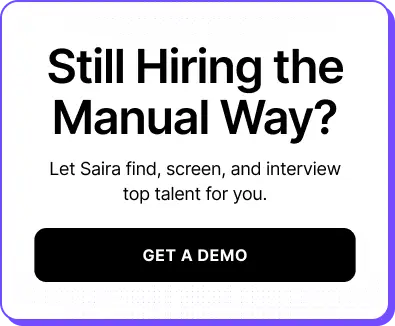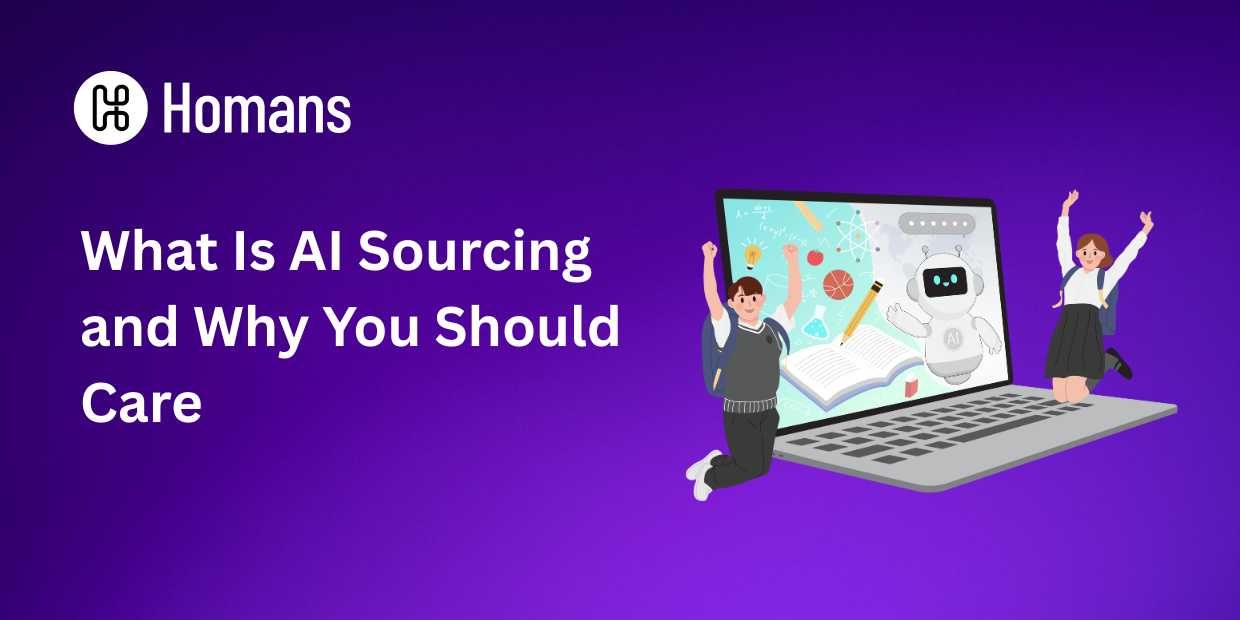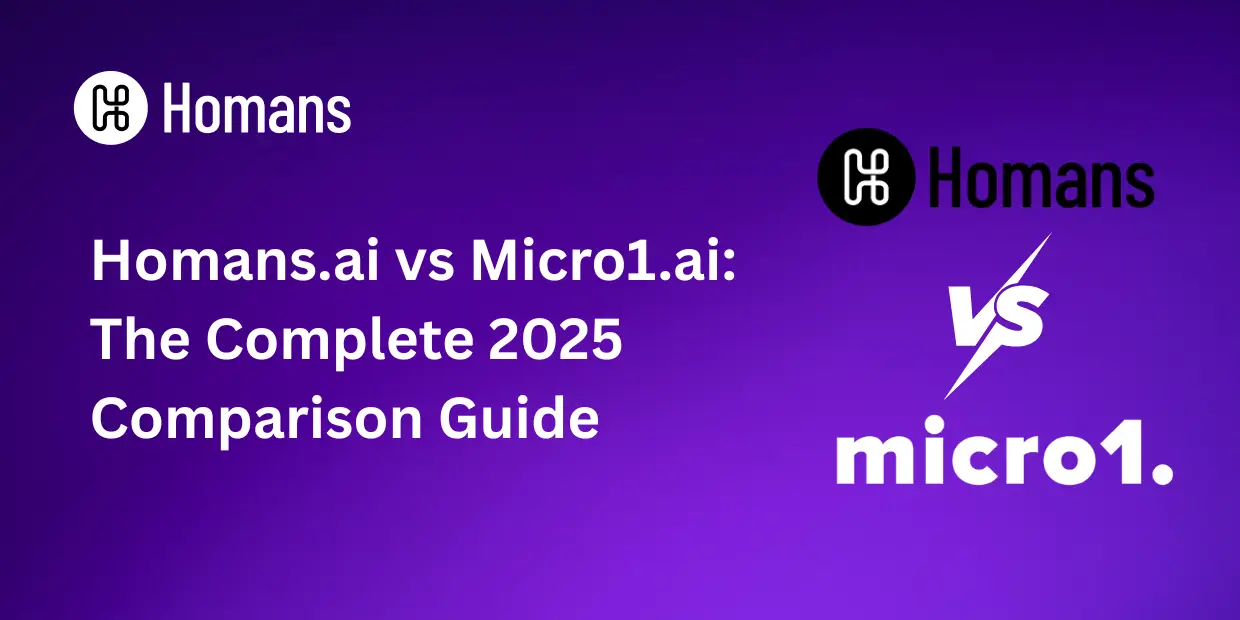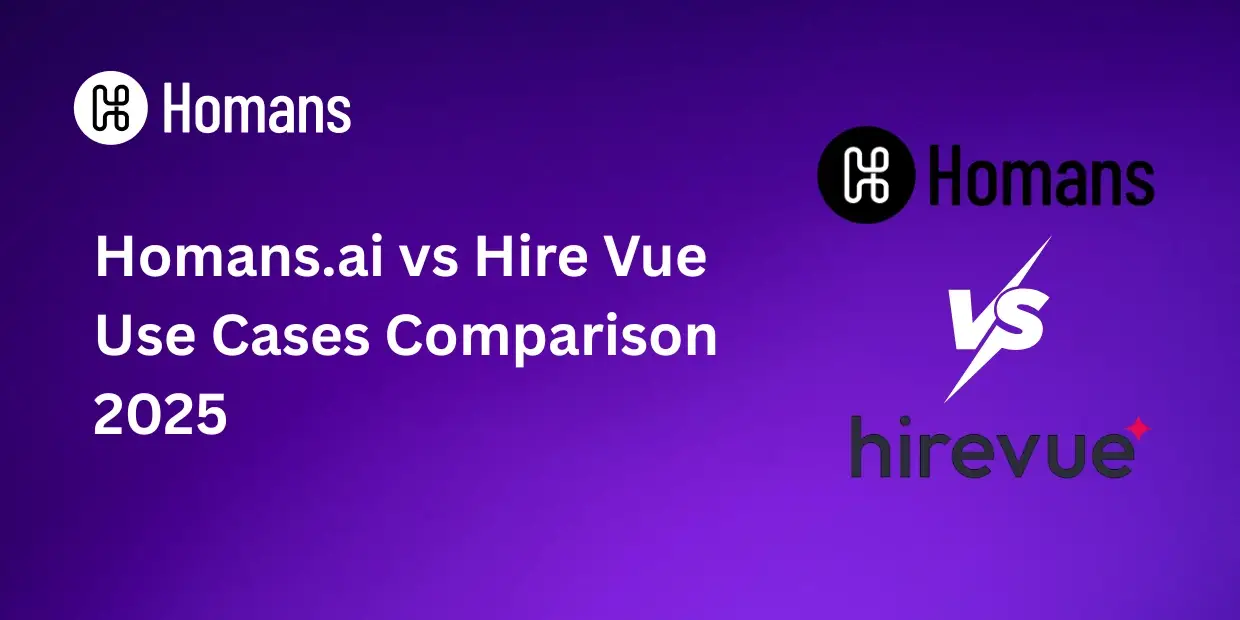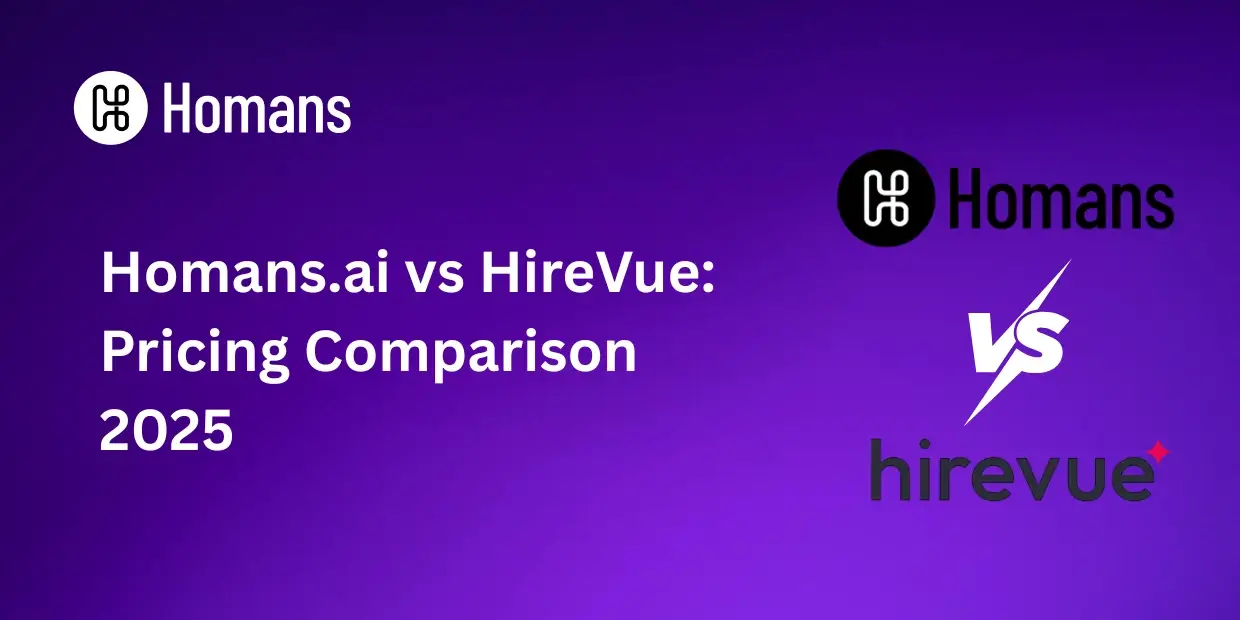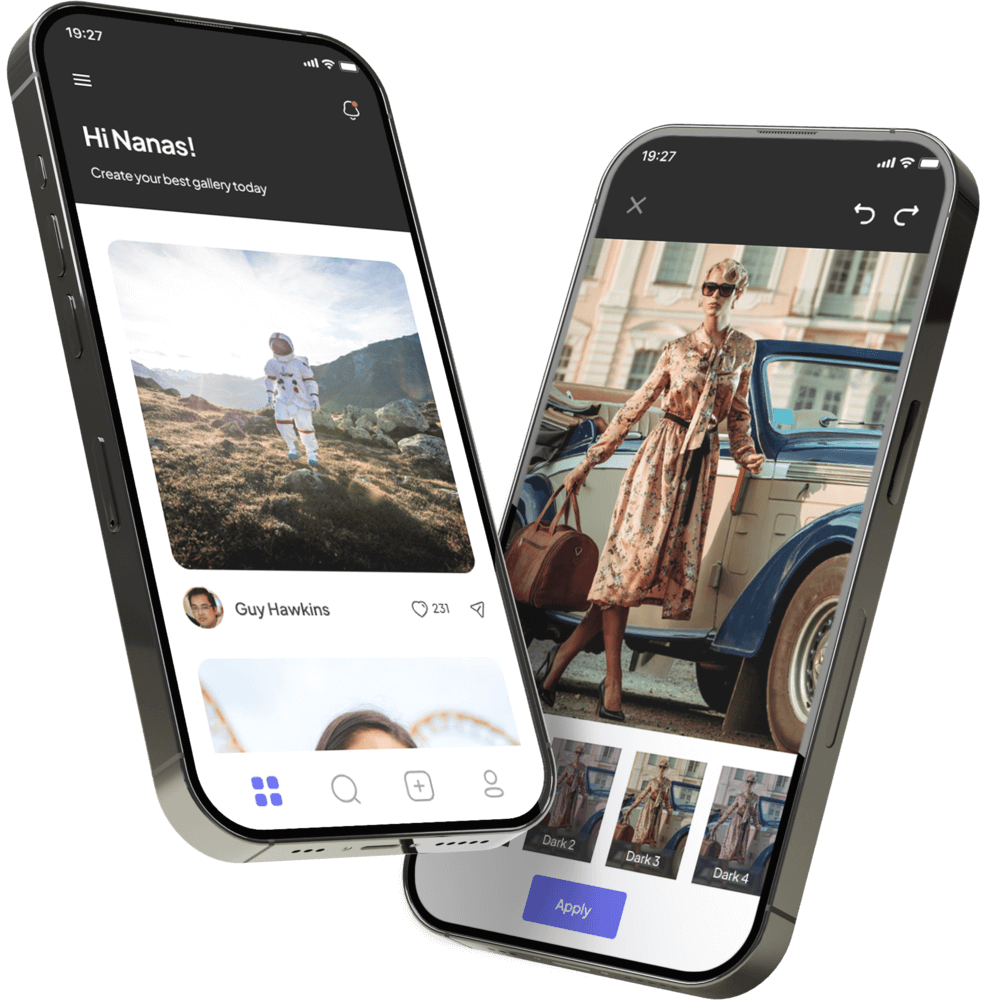Introduction
The digitization of business processes is reshaping every industry, accelerating the shift from labor-intensive procedures to agile, data-driven operations. Organizations now demand not just efficiency but also strategic agility and resilience—whether procuring materials, recruiting top talent, or optimizing supplier networks. In this landscape, AI sourcing has emerged as a powerful solution, leveraging artificial intelligence to optimize how companies identify, evaluate, and engage suppliers, candidates, and other key resources.
This article explores what AI sourcing is, how it works, its benefits, real-world applications, challenges, and why individuals and organizations—across procurement, recruitment, and supply chains—should care about its rapid rise.
What Is AI Sourcing?
AI sourcing refers to the use of artificial intelligence technologies to automate and optimize the process of finding, evaluating, and selecting suppliers, candidates, or other valuable resources for an organization.
In traditional settings, sourcing tasks involved manual data entry, endless spreadsheets, and slow research cycles. AI sourcing replaces or augments these approaches with systems that analyze vast datasets, apply predictive analytics, and generate actionable recommendations in seconds.
Common areas of application include:
- Procurement: Automating supplier discovery, contract analysis, risk assessment, and spend management.
- Recruitment: Screening and matching candidates, automating initial outreach, and reducing hiring bias.
- Supply Chain Management: Forecasting demand, optimizing inventory, and identifying potential disruptions before they escalate.
- Vendor Management: Ongoing assessment of vendor performance, compliance, and reliability.
Example: In procurement, AI might assess supplier performance by analyzing historical delivery data and external news, then recommend the top suppliers for a new contract. In recruitment, AI can scan thousands of resumes, shortlist top candidates using advanced matching algorithms, and even initiate contact—all within minutes.
How Does AI Sourcing Work?
AI sourcing is powered by several key technologies:
- Machine learning: Systems learn from historical data to identify patterns, trends, and anomalies.
- Predictive analytics: AI forecasts future outcomes, such as price trends or talent availability, based on past data and real-time variables.
- Natural language processing (NLP): Enables AI to parse and understand unstructured data—contracts, resumes, supplier reviews, and emails.
Typical AI Sourcing Workflow
- Data Collection
- Aggregates internal (e.g., ERP/ATS records) and external data (market feeds, social media, supplier filings).
- Analysis
- Applies algorithms to assess, rank, and correlate resource performance or suitability.
- Recommendations & Automation
- Suggests top suppliers, candidates, or partners.
- Triggers automated actions: sending RFPs, scheduling interviews, or flagging risks.
Common AI Sourcing Tools and Platforms
- Procurement: Tools like Ivalua and ProQsmart automate sourcing, contract analysis, and risk evaluation.
- Recruitment: Solutions such as HireVue, LinkedIn Recruiter, and Eightfold.ai automate candidate matching and screening.
- Supply Chain: Integrated AI modules in modern ERP systems track and predict supply trends.
Case-in-point: A staffing firm uses an AI-driven ATS (Applicant Tracking System) to instantly rank and reach out to the best-matching candidates from a database of millions.
Key Benefits of AI Sourcing
Cost Optimization
AI identifies the most cost-effective suppliers, automates competitive bidding, and forecasts procurement prices, uncovering savings that manual approaches may overlook.
Improved Efficiency
Automation reduces time spent on repetitive tasks like supplier vetting, candidate screening, and RFP processing. Cycle times for procurement and recruitment shrink dramatically.
Better Decision-Making
AI offers data-driven insights, recommending the best-fit suppliers or candidates based on millions of factors, enabling smarter and faster choices.
Risk Mitigation
Early detection of supply chain risks, fraud, or unreliable candidates helps avoid costly disruptions and preserves company reputation. For example, if political instability threatens a key supplier, AI flags it for sourcing alternatives.
Scalability
Unlike manual processes, AI sourcing systems easily handle large or complex projects across multiple geographies, without sacrificing accuracy or quality.
Compliance and Governance
AI ensures adherence to policies by flagging contract deviations, unauthorized spending, or missed regulatory obligations—a critical benefit in today’s tightly-regulated environments.
Enhanced Supplier/Candidate Relationships
AI tools can track, analyze, and report on engagement and performance, helping organizations build deeper, more transparent relationships with both suppliers and candidates.
Stat Highlight: A recent industry survey found that 89% of organizations using AI-driven procurement reported significant improvements in compliance and cost management.
Real-World Use Cases
Procurement: Transforming Supplier Management
Case Study: A leading global manufacturer implemented an AI-based sourcing platform to evaluate suppliers in real time, tracking on-time delivery, quality metrics, and financial health. The system flagged suppliers with declining performance and proactively recommended sourcing from alternatives, resulting in a 22% cost reduction and near-zero supply chain interruptions.
Another example: AI systems automate contract analysis, flagging discrepancies and renewal dates. This prevents revenue loss from expired terms and reduces cycle times for contract negotiations from weeks to days.
Recruitment: Smarter, Fairer Hiring
Case Study: A multinational tech company adopted AI-powered sourcing tools for recruitment. The system automatically screened resumes, matched candidates to job criteria, and sent personalized outreach emails. This led to a 40% reduction in recruiter workload, a 30% faster time-to-hire, and a noticeable drop in unconscious bias incidents.
AI also enables ongoing relationship management: Once hired, performance data can be analyzed to inform future sourcing and training.
Why Should You Care?
Businesses adopting AI sourcing enjoy a substantial competitive edge. They achieve consistent cost savings, improve procurement and hiring outcomes, and can scale operations with confidence.
Decision makers benefit from faster, deeper, and more informed strategies. When markets shift or disruptions occur, AI-powered organizations can pivot quickly—adjusting supplier bases, re-forecasting demand, or adapting hiring plans in real time.
Professionals in procurement or talent acquisition roles can offload tedious manual tasks, allowing them to focus on high-value, strategic work. Instead of scanning spreadsheets or screening CVs, they become drivers of change, risk management, and innovation.
Industry stat: According to industry analysts, organizations deploying end-to-end AI sourcing solutions can realize up to a 50% reduction in sourcing cycle times and a 30% improvement in resource quality.
Challenges and What to Watch Out For
Data Quality & Change Management
AI sourcing is only as good as the data driving it. Poor, incomplete, or biased datasets limit AI’s effectiveness. Successful adoption also requires buy-in from teams and may demand changes to established workflows.
Human-AI Collaboration
Replacing all human oversight with AI is risky. Best results come from a collaborative approach, where AI handles high-volume tasks and humans contribute strategic judgment and creativity.
Bias, Transparency, and Oversight
AI is not immune to bias. In recruitment especially, opaque algorithms can unintentionally perpetuate discrimination if not properly designed and monitored. Rigorous oversight, regular audits, and explainable AI models are essential to ensure fairness and complianc.
Notable risk: Without transparent criteria and ongoing monitoring, automated sourcing systems could miss emerging supplier risks, or overlook diverse, high-potential candidates.
Getting Started with AI Sourcing
1. Assess Your Readiness
- Audit current sourcing and procurement/recruitment processes.
- Identify manual, repetitive pain points and gather quality data.
- Ensure data privacy and compliance controls are in place.
2. Initial Steps
- Start with a pilot project—apply AI to a single sourcing category or region.
- Choose the right AI tools, focusing on usability, integration capability, and explainability.
- Train teams not just in using the technology but also in understanding its limitations.
3. Scale and Improve
- Measure pilot results and iterate.
- Integrate successful AI processes into core business functions.
- Foster a culture of continuous improvement and human-AI collaboration.
Actionable tip: Many organizations report the highest ROI with AI sourcing when they combine structured, clean data with well-defined objectives and robust change management programs.
Conclusion
AI sourcing is rapidly becoming a strategic imperative for organizations seeking to thrive in the digital era. By automating routine tasks, surfacing deep insights, and enabling more agile, data-driven decisions, it transforms procurement, recruitment, and supply chain operations.
Businesses and professionals who embrace AI sourcing can expect to gain not just in efficiency and cost savings, but also in resilience, compliance, and the capacity to focus on strategic priorities. The opportunity is significant—but so are the requirements: strong data, thoughtful oversight, an

